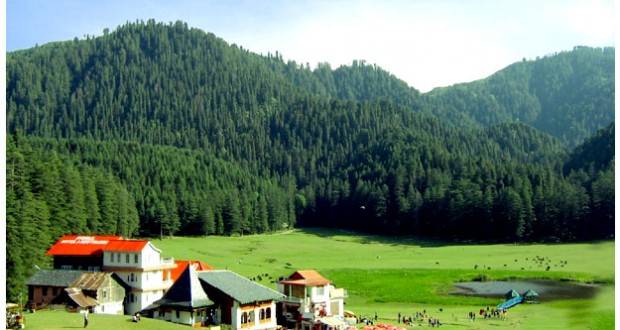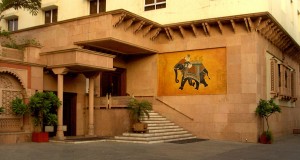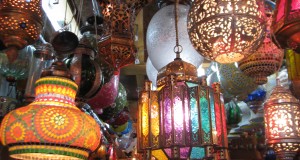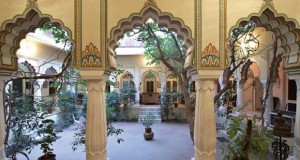Review Overview
3
Summary : Dalhousie is not a town with great historical monuments or sites—for that you have to go to nearby Chamba— but it is a wonderful base for both short and long walks into the nearby forest.
One of the least visited and quietest of northern India’s hill stations, Dalhousie has retained much of its original character. It is located on a spur of the Dhauladhar range of the Himalaya at about 2000 metres, amid still well-forested hills. To the north there are spectacular views of the Pir Panjal mountains, and to the south, the rivers and plains of Punjab. When Punjab came under the control of British India in 1848 Dalhousie was developed as a sanatorium and later a permanent military base. The land was leased from the Raja of Chamba, a nearby hill state, for an annual rent of Rs2000. By the 1860s Dalhousie was also a flourishing summer resort for the elite of Lahore (now in Pakistan).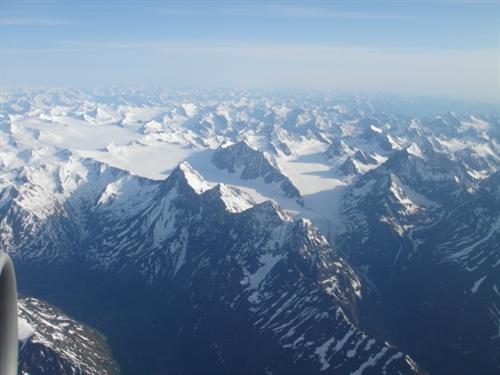
Since partition in 1947 and the loss of her traditional summer residents, Dalhousie has remained a relatively undisturbed station; a good place to avoid the heat and commotion of the plains in relative peace.
ARRIVAL/DEPARTURE
Air The nearest airports are Kangra (135 km; 85 miles) serviced by Vayudoot and Amritsar (188 km; 118 miles) connected by Indian Airlines with daily flights to/from Delhi (Rs1003) and Srinagar (Rs865). Cars can be hired from both airports and regular buses also operate.
Rail Pathankot, which has excellent train links with Jammu and Delhi, is 80 km (50 miles) south-west of Dalhousie and there are regular buses plying the route. Taxis are also available.
Road Apart from buses linking Dalhousie with Pathankot, Kangra and Amritsar there are regular links with New Delhi (from the Interstate Bus Terminal), Shimla, Chandigarh and Kulu.
WHAT TO SEE
Dalhousie is spread over five hills ranging from 1523-2378 m, the most important o: which are Pottreyn, Bakrota and Tehra or Moti Tibba. Linking and encircling Pottreyr and Tehra is the Mall on which many of the houses, hotels and shops are locate . Part of the mall remains closed to vehicles and is a popular walking area which wind through oak and conifer forest.
Dalhousie is not a town with great historical monuments or sites—for that you have to go to nearby Chamba— but it is a wonderful base for both short and long walks into the nearby forest. Five kilometres (3 miles) from the post office is the small village of Lakkar Mandi from which paths lead to Dainkund Peak and the nearb Pholani Devi temple (from which there are spectacular views). A small wildlif sanctuary at Kalatope 8.5 km (5 1/2 miles) from Dalhousie has a small rest house set amid the forest which can be booked from the local forest officer. The sanctuary has a good population of barking deer, a few Himalayan black bear and the occasional leopard, in addition to a great variety of birds.
Khajjiar, 18 km (10 1/2 miles) away is a large meadow with a small lake and nearby 14th-century temple in the centre. The surrounding forest, part of the Kalatope Sanctuary, still has plenty of wildlife. There is a small forest rest house nearby.

